Fitbit, if you’ve heard of it, is relatively new to the market. For context, the first iPhone came out in mid 2007 and the first Fitbit, the Fitbit Tracker, was released in late 2008, making it just slightly newer than the beloved Apple iPhone.
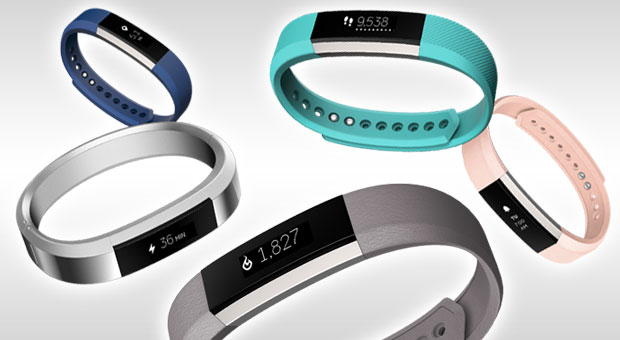
Prior to Fitbit, there were plain pedometers that mostly just tracked steps and distance. Aside from pen and paper tracking and commitment to memory, there weren’t any other prominent ways of tracking individual health metrics. That alone makes it fairly clear why Fitbit revolutionized its market and proved itself to be a worthy innovation.
Physically, a Fitbit often looks like a wristband or a watch. Earlier versions of the device featured a clip that you could use to attach it to your waistband or neckline in order to track your activity. Models that were designed to be used in this way were the original Tracker, Ultra, and One. Now, the design of Fitbits encompasses true wearable technology. They frequently feature a silicone or plastic wristband in a range of colors and have an interface that ranges from simple with blinking dots to complex with a full step count and even the time.
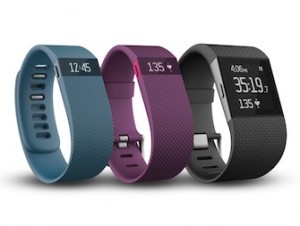
A major perk of these designs is that they are often just dismissed as a watch or a bracelet, not as a personal metrics tracking device. The most recent models include the Fitbit Surge, Blaze, and Alta and they all have almost the same features such as step counting, flight counting, distance walked, and sleep tracking. The only feature that only appears on certain models is the heart rate monitor.
Most of the innovation that this product holds is in its design and capabilities. For what it is, which is a suped up pedometer, many people would probably expect something that clips onto clothing and is worn that way. Because of all the additional features they have that converges many products into one, Fitbit is a great success in the health and fitness industry.
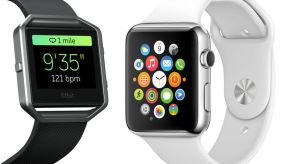
An added perk? Fitbit is cheaper than competitors such as the Apple Watch, which retails starting at $299. The cheapest Fitbit is the Zip (which is the simplest form of Fitbit and is essentially a slightly improved pedometer) that costs a small $59.95.
On the more technical side, Fitbit incorporates a lot of small mechanisms into its whole product. Most current models include an altimeter, accelerometer, a heart rate monitor, calorie counter, and basic pedometer functions like distance traveled. All devices are Bluetooth compatible and can be synced to a phone or a computer.These can be viewed in real time through the Fitbit app or the website on a computer. One of the simplest models, the Fitbit Flex, also gives the option to input exercise, sleep, calories, and weight directly through the app.
The innovation that surrounds this device has bled into the market in other ways besides just being the very first thing of its kind. A great many competitors have arisen and while they each hold their own, Fitbit is still on top. Nike released its Fuelband in 2013 as a direct competitor, yet it did not succeed in the way Fitbit has and was not marketed as well.
How have people been using it? Well, some interesting situations have arisen from the data that Fitbit collects.
A man learned his wife was pregnant through her own Fitbit data. The case goes that her heart rate was reading unusually high and he expected that something was wrong with the
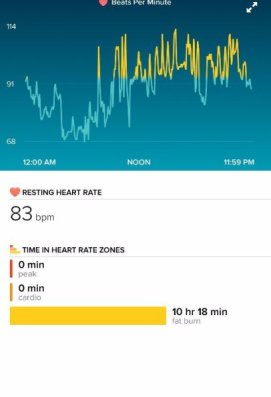
heart rate sensor in the device. He was wrong as it wasn’t the device’s sensor at all, his wife was actually pregnant.
On the more dangerous side, a man from New Jersey’s heart rate was reading unusually high and he proceeded to have a seizure. Upon viewing the Fitbit’s data, his heart rate had spiked 3 hours prior, and the device was attributed to saving his life.
Other more regular and less dangerous usage basically involves what the Fitbit was designed for, which is logging activity data. An article by Buzzfeed says that people who own a Fitbit seem to be very committed and logged data in at least 70 or the last 90 days at the time the data was evaluated.
Simply from personal experience, Fitbit has begun its diffusion and is likely now in the early majority category. There is no recent data available on how many people own Fitbits, so it is hard to definitively say exactly where it is currently at. People around me of all ages, largely from 18-30, seem to be interested in Fitbits and own them for personal use.
Fitbit holds a lot of success in that it is innovative, the first of its kind. It is successful because of the convergence its makers have taken into consideration for product design. It eliminates the need for a very wire-y heart rate monitor, a step counter and distance tracker, and a sleep study at a sleep lab as many models have the sleep tracking feature.
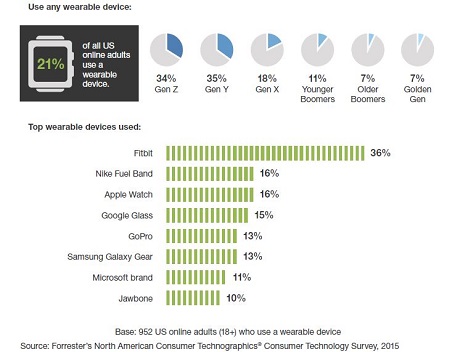
There are downsides to everything, though. Fitbits are only useful if you use them. Otherwise, they can be a money sink. Not taking the time to learn how to get the most out of a device can also serve as a negative impact because it could put the user off to actually using it to benefit themselves. Additionally, there is the potential for Fitbit to cause users to gain weight, mostly in small amounts, because they are likely to increase their levels of activity. In turn, this may lead to the idea that they can eat more and over-supplement the calories burned.
The positives of Fitbit far outweigh the negatives. The data the device collects shows people how active they may or may not be. From this, many people are willing to make positive changes in their lives by increasing activity level and in turn, those who are overweight will likely lose weight. The sleep tracker explicitly shows movement throughout the night which can help people who often find themselves feeling restless. In more extreme cases, Fitbits can display the onset of seizures, heart attacks, and even discover a previously unknown pregnancy.
The good that Fitbit can do and has already done is endless.

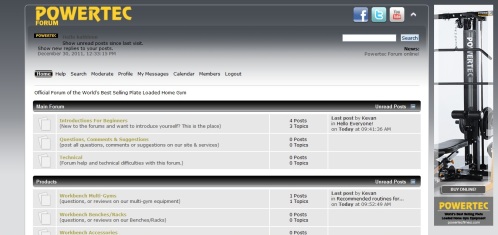

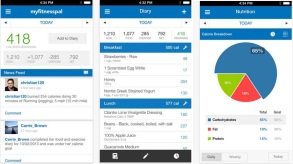
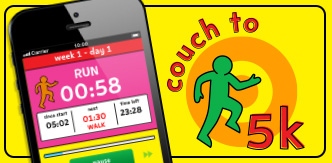
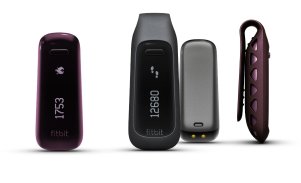
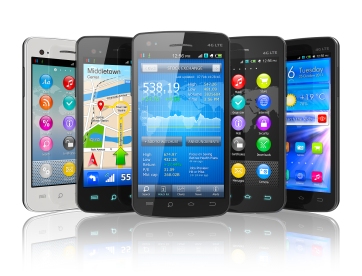

.jpg)


